
Plastic machining is emerging as a transformative force in the manufacturing sector, offering distinct advantages over traditional metalworking techniques. According to a recent market report, the global plastic machining industry is anticipated to grow at a compound annual growth rate (CAGR) of 5.6% from 2021 to 2028, driven by the increasing demand for lightweight and corrosion-resistant materials. This shift is fueled by advancements in machining technologies that enhance precision and efficiency, allowing manufacturers to produce complex components with reduced waste. Furthermore, the versatility of plastic machining supports a wide range of applications across industries, from aerospace to medical devices. As manufacturers seek innovative solutions to improve production processes and reduce costs, plastic machining stands at the forefront of this revolution, redefining how products are designed and created.
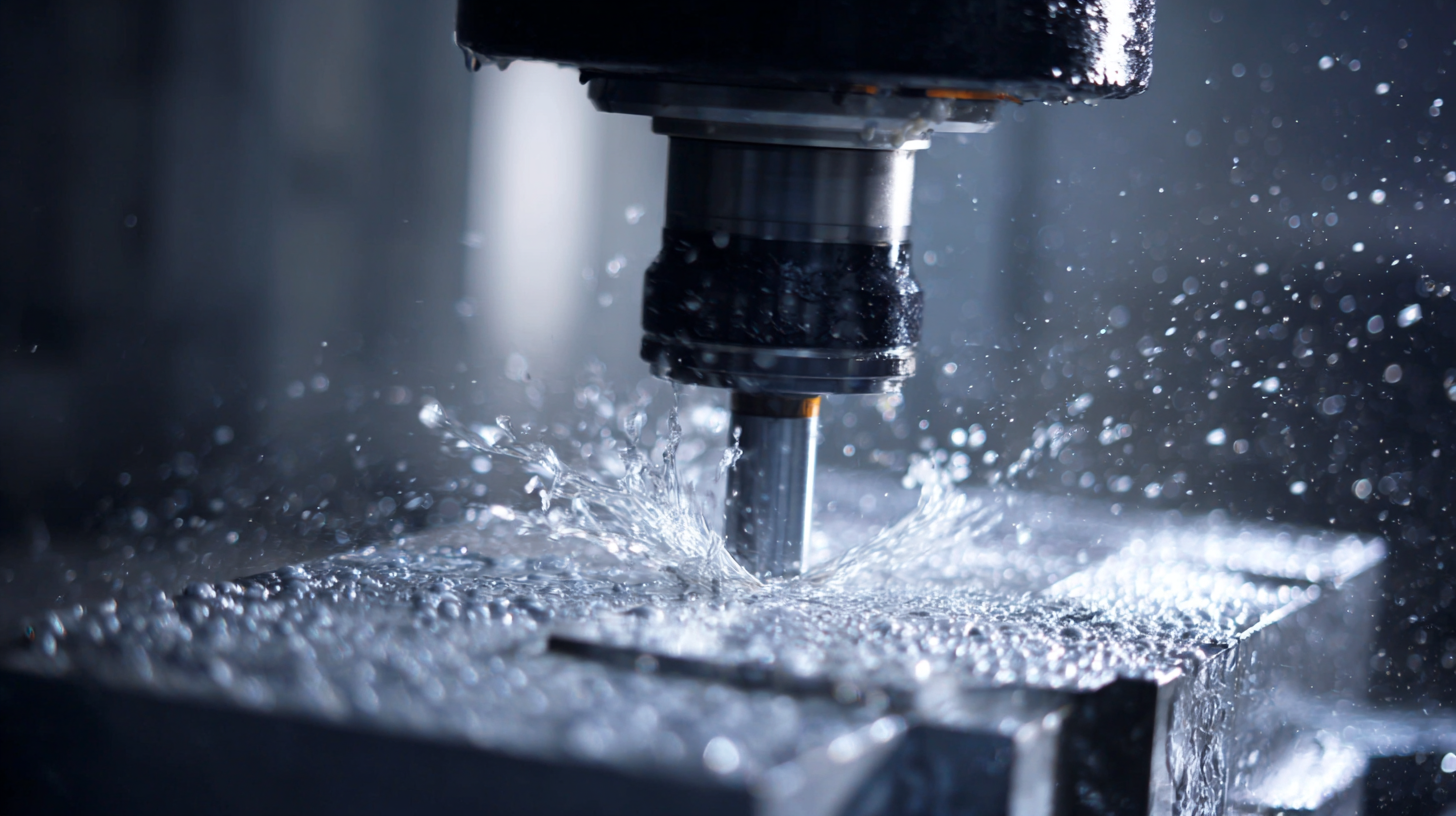
The rise of plastic machining in the manufacturing sector marks a significant transformation in how industries approach production processes. Unlike traditional machining methods that primarily focused on metals, plastic machining leverages advanced technologies to shape and fabricate various plastic materials. This shift has been driven by the need for lighter, more cost-effective components that do not compromise on durability or performance. As manufacturers increasingly seek to optimize their operations, the precision and versatility of plastic machining have become invaluable.
In recent years, industry statistics reveal a growing trend towards the adoption of plastic machining across diverse sectors, including automotive, aerospace, and consumer goods. This surge can be attributed to several factors, including the reduced weight of plastic components leading to increased fuel efficiency in vehicles and the ability to produce complex geometries that meet evolving design specifications. Furthermore, the sustainability aspect of plastics, particularly with bio-based and recycled options, aligns with modern manufacturing's eco-friendly initiatives. As these trends continue, plastic machining is set to play a crucial role in shaping the future landscape of manufacturing.
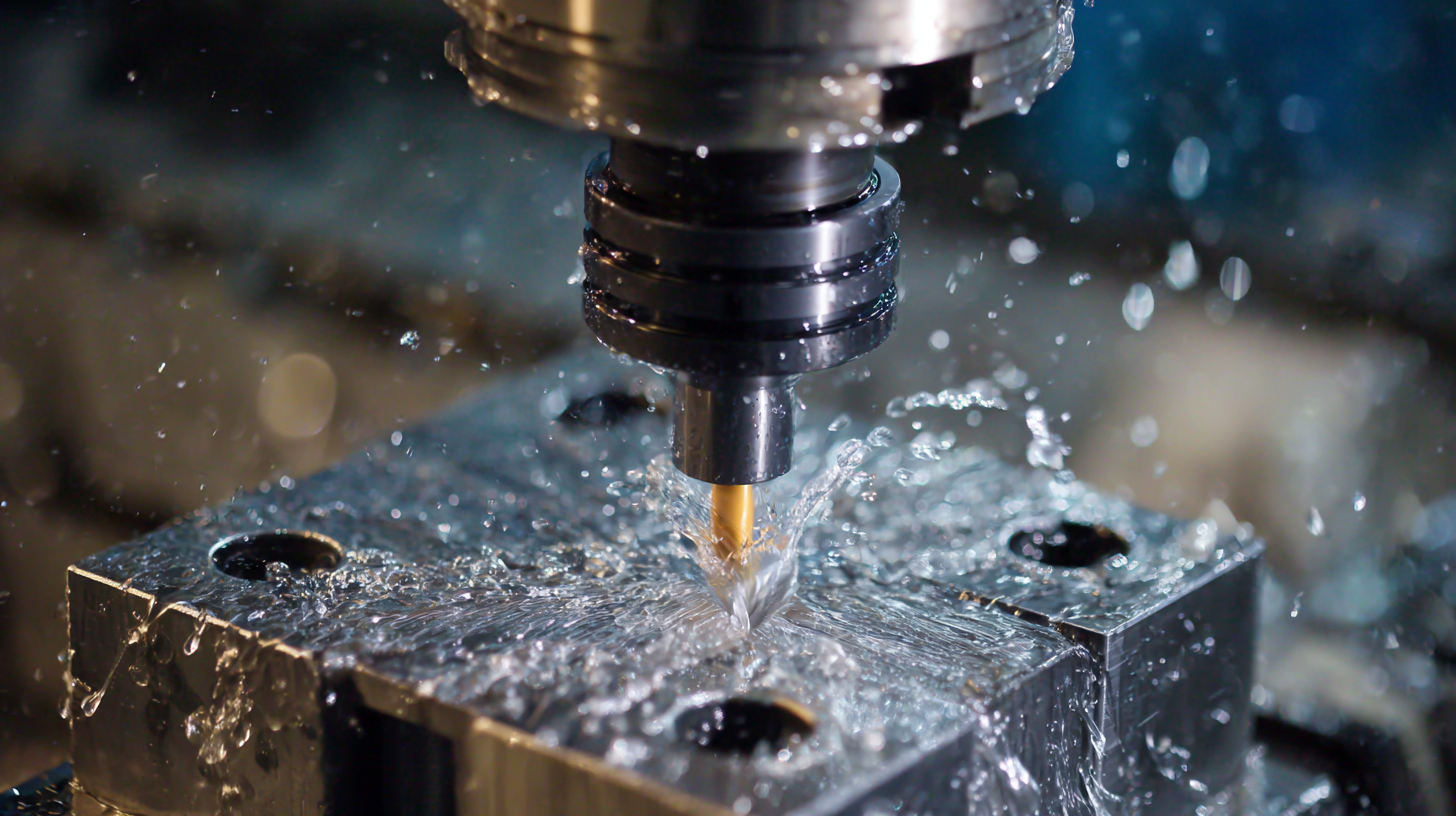
Plastic machining is transforming manufacturing by offering several key benefits over traditional methods. One significant advantage is its flexibility in producing complex shapes and components with high precision. This capability is especially relevant in today’s manufacturing environment, where the demand for custom parts is increasing. Unlike traditional machining, plastic machining allows for quicker changes in design without incurring substantial costs, facilitating rapid prototyping and shorter lead times.
Moreover, the integration of advanced technologies, such as 3D printing and additive manufacturing, is enhancing the sustainability of plastic machining. Emerging techniques like volumetric additive manufacturing eliminate layer-based construction, reducing waste and energy consumption. This aligns with the industry's push towards greener practices, utilizing recycled plastics and biomass waste to create sustainable polymer blends. By embracing these innovations, manufacturers can not only improve efficiency but also contribute to a circular economy, showcasing how plastic machining is at the forefront of revolutionizing modern manufacturing.
| Metric | Plastic Machining | Traditional Methods |
|---|---|---|
| Material Waste (%) | 5 | 20 |
| Production Speed (units/hour) | 100 | 50 |
| Setup Time (hours) | 1 | 5 |
| Cost per Unit ($) | 1.50 | 2.00 |
| Customization Flexibility (1-10) | 9 | 5 |
| Energy Consumption (kWh/unit) | 0.5 | 1.2 |
The impact of advanced technologies on plastic machining efficiency has been profound, with industry reports indicating a significant increase in productivity. According to a study by MarketsandMarkets, the plastic machining market is expected to grow at a CAGR of 7.5% from 2022 to 2027. This growth is driven by innovations in machinery, such as CNC machining and automation, which enhance precision and reduce waste. For instance, the adoption of automated feed systems has decreased cycle times by up to 30%, enabling manufacturers to produce parts faster without compromising on quality.
Incorporating Industry 4.0 technologies, like IoT and AI, has further revolutionized plastic machining processes. A report by Deloitte highlights that manufacturers employing advanced analytics can improve operational efficiency by 20% and decrease downtime by 15%. By leveraging real-time data, companies can optimize their machining processes, ensuring higher accuracy and consistency in production.
Tips for Enhancing Plastic Machining Efficiency:
- Invest in automation: Consider integrating automated systems to handle repetitive tasks, freeing up skilled labor for more complex operations.
- Regular maintenance: Implement a proactive maintenance schedule to prevent machine failures, thereby reducing unexpected downtimes.
- Continuous training: Ensure that your workforce is up-to-date with the latest machinery and technologies to maximize their productivity and machine utilization.
The adoption of plastic machining in various industries is experiencing remarkable growth, driven by advancements in technology and the increasing demand for lightweight, durable materials. According to recent industry statistics, the market for plastic machining is projected to grow at an annual rate of over 5% in the next five years. This surge can be attributed to the versatility of engineered plastics, which offer superior performance in applications ranging from aerospace components to medical devices.
As industries strive to enhance efficiency and reduce costs, the shift towards plastic machining becomes more prevalent. Data shows that sectors such as automotive and electronics are leading the charge, with significant investments aimed at replacing traditional materials. Furthermore, innovations in machining techniques, such as CNC machining and 3D printing, are enabling manufacturers to achieve greater precision and flexibility. This progress not only boosts productivity but also promotes sustainability by minimizing waste and energy consumption in production processes. The future of manufacturing increasingly hinges on the capabilities and advantages of plastic machining, underscoring its transformative role in modern industry.
This chart illustrates the annual growth percentage of plastic machining adoption from 2018 to 2023, showcasing a steady increase in market integration and utilization of plastic machining technologies within the manufacturing industry.
Plastic machining is making significant strides in various industries, particularly in the realm of sustainability and efficiency. Recent case studies highlight the successful implementation of lean manufacturing strategies, such as 5S in plastic bag manufacturing, showcasing how these techniques can streamline operations and reduce waste. By organizing workflows and maximizing efficiency, companies can not only improve production outputs but also contribute to a more sustainable approach to manufacturing.
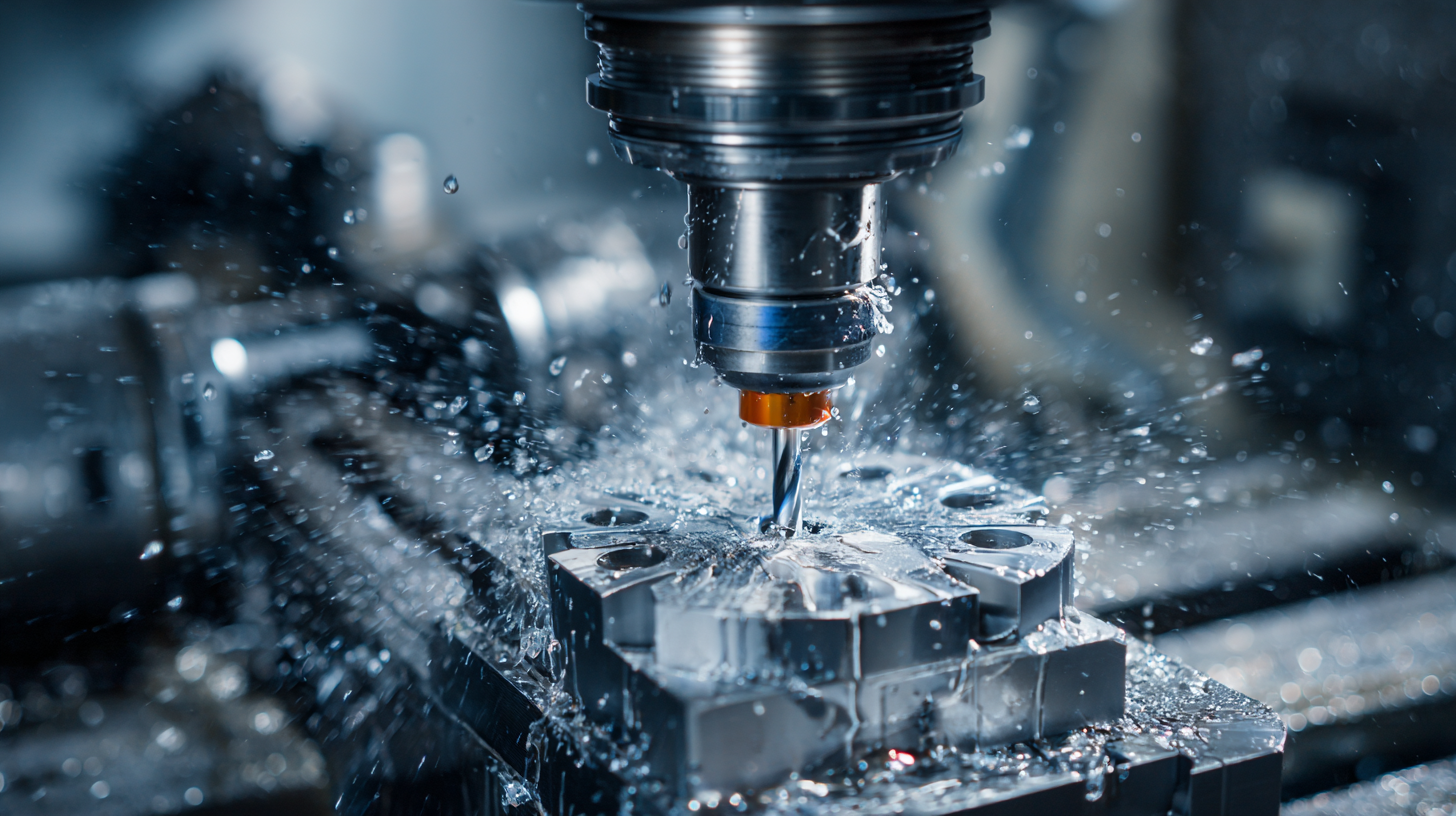
Moreover, advancements in technological innovations are driving progress in the field of sustainable materials. Efforts to combat issues like microplastic pollution illustrate the importance of adopting biodegradable polymers, which can minimize environmental impact. Concurrently, the use of advanced sensors to improve microplastic detection accuracy by 20% has paved the way for better monitoring and management strategies. These examples underline how organizations that integrate plastic machining solutions are not only enhancing their operational capabilities but also aligning themselves with emerging trends focused on sustainability and eco-friendliness in manufacturing practices.

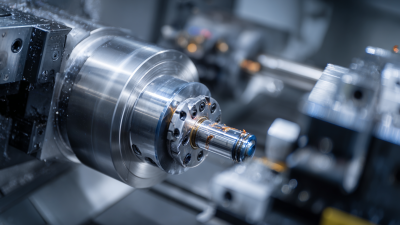
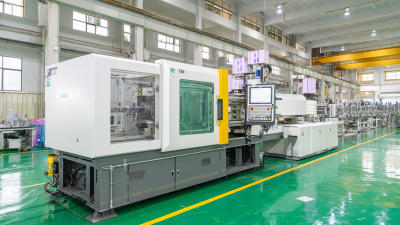

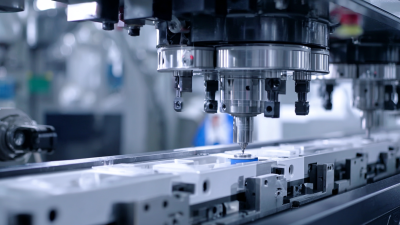

Copyright © 2025 The Toolroom Inc. All Rights Reserved.
Website Design St Louis by IQComputing